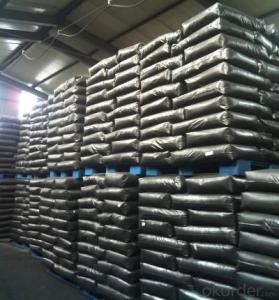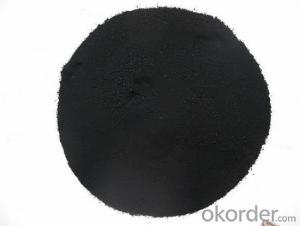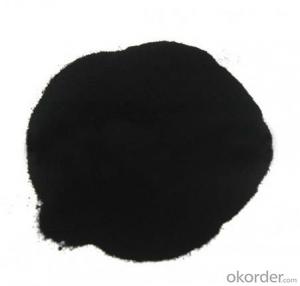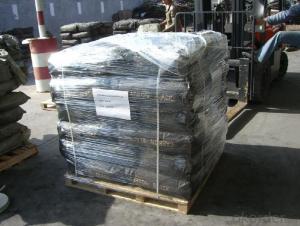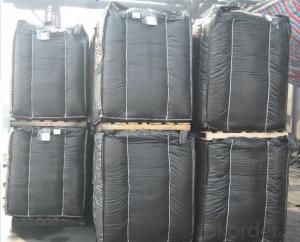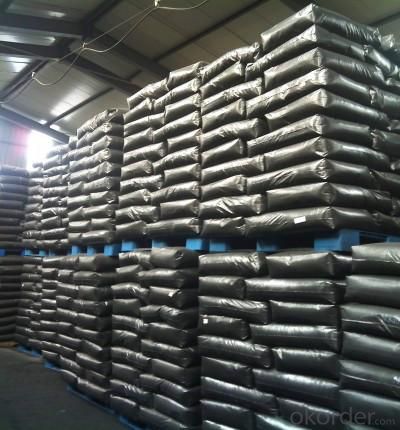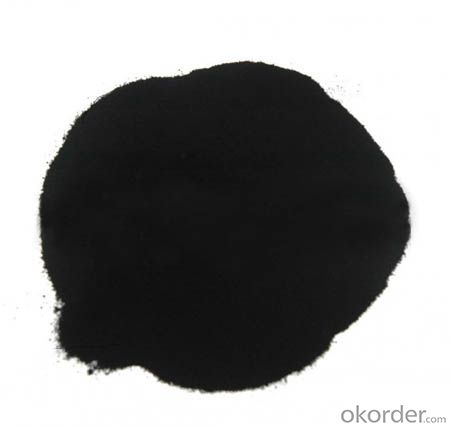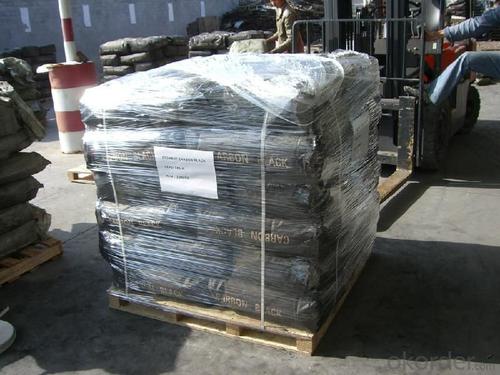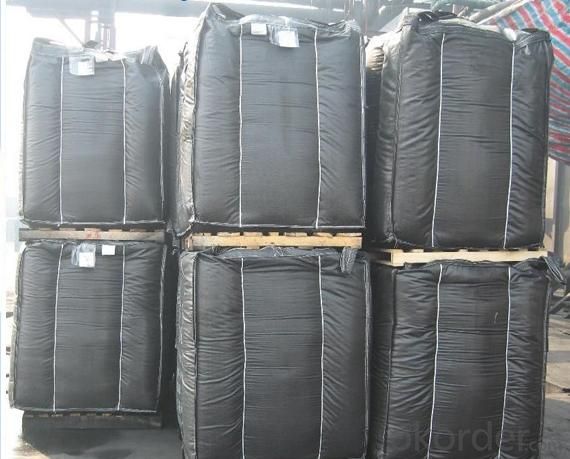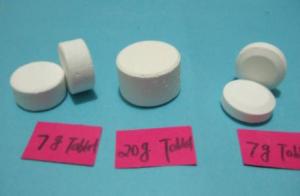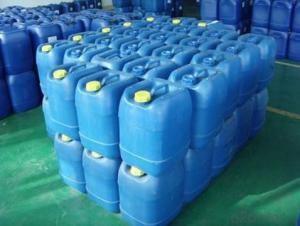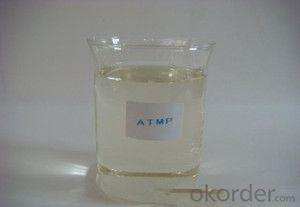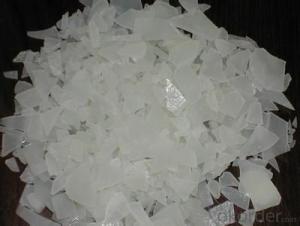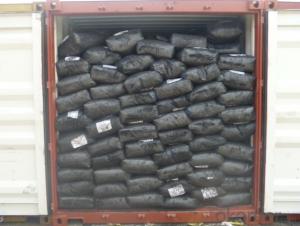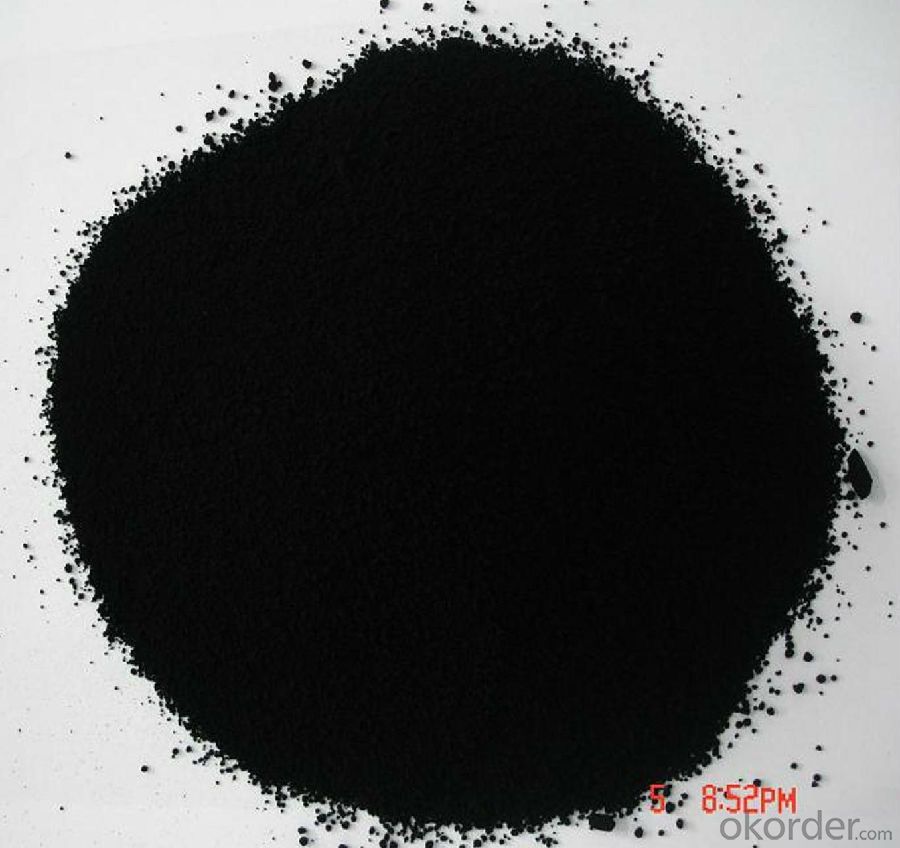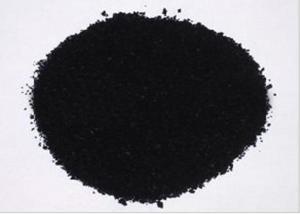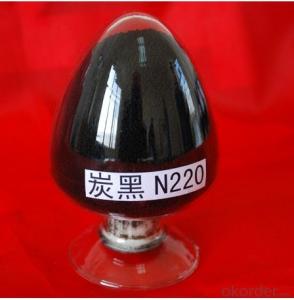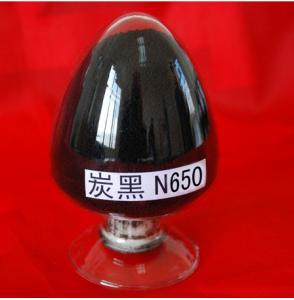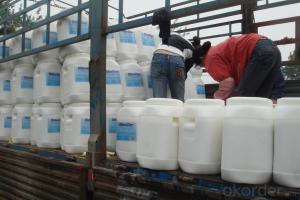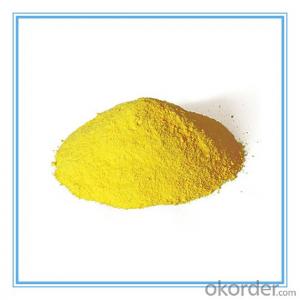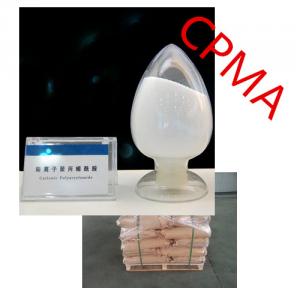Superior Quality Different Models N220/N330/N550/N660 Pigment Carbon Black
- Loading Port:
- Qingdao
- Payment Terms:
- TT OR LC
- Min Order Qty:
- -
- Supply Capability:
- 20000 m.t./month
OKorder Service Pledge
OKorder Financial Service
You Might Also Like
Specifications
Carbon Black
1.N220,N330,N550,N660
2.Used as rubber reinforcing agent
3.Competitive price,Fast delivery
4.SGS/BV/ISO Cert.
Superior Quality Different Models N220/N330/N550/N660 Pigment Carbon Black
Carbon Black Introduction
We manufacture the black canton series or superior-wear resistance(N200), resistance(N300),quick-press(N500),and common(N600) of dry process and wet process maily applied to various rubber products and PVC plastic.
Carbon Black Specification
item | N220 | N330 | N550 | N660 | |
Iodine Absorption Value,g/kg | 121±7 | 82±7 | 43±6 | 36±6 | |
DBP Absorption Value,10-5m³/kg | 114±7 | 102±7 | 121±7 | 90±7 | |
DBP Absorption of Compressed sample,10-5m³/kg | 90-106 | 80-96 | 77-93 | 66-82 | |
CTAB Absorption Area,103m2/kg | 102-120 | 73-91 | 35-49 | 29-43 | |
Adsorptive Specific Surface Area of Nitrogen, 103m2/kg | 106±9 | 75±9 | 39±9 | 34±9 | |
Nitrogen Absorption Surface Area, 103m2/kg | 112-126 | 71-85 | 34-46 | 29-41 | |
Tint Intensity, % | 108-124 | 96-112 | -- | -- | |
Decrement After Heating,%≤ | 2.5 | 2.5 | 1.5 | 1.5 | |
Ash, %≤ | 0.7 | 0.7 | 0.7 | 0.7 | |
45µm Sieve Residue, %≤ | 0.100 | 0.100 | 0.100 | 0.100 | |
150µm Sieve Residue, %≤ | 0.001 | 0.001 | 0.001 | 0.001 | |
Impurities | -- | -- | -- | -- | |
300% Stretching Stress, Mpa≥ | -2.3±1.6 | -0.9±1.6 | -0.9±1.6 | -2.6±1.6 | |
Carbon Black Applacation
Carbon Black is Mainly used for tungsten carbide as raw material carbonization , also can be used for carbonization , electronic , fine ceramics and raw materials for solar-grade silicon ,metallurgical reductant.
Carbon Black Packaging
20kg knitting bags top grade liner film, good properties of waterproof and avoid water, solarization.
- Q: What is the catalyst for high chemistry?
- Concentrated sulfuric acid, NI, barium bromide, copper or silver
- Q: Could God be Discribed as a Catalyst?
- it is my understanding that a Catalyst will bring something together that is already created. God on the other hand, according to Judeo-Christian Theology, he didn't just bring it together, he created it. plus, if the Judeo-Christian God did exist, we would have to assume (because of archaeological and scientific evidence) that He is the God of the Bible and that he does play a role in the same of things.
- Q: The size of △ H in the thermochemical reaction equation is related to the use and unused catalyst
- There is no relationship between the catalyst can only change the reaction rate
- Q: The chemical reaction equation of methanol heating and oxygen in the presence of catalyst
- 2CH3OH + O2 === 2HCHO + 2H2O
- Q: Thorough explanation pls.
- Catalyst are the substances which increase the rate of reaction. They do not get consumed in the reaction but they participate in intermediate reactions. The catalyst action can be explained as- Providing alternate energy path- Let us suppose that an endothermic reaction need 15 joules of threshold energy to occur. The catalyst will provide them path which needs less energy. Providing Surface- Many reaction may occur slowly because less contact between the molecules/atoms/ions or due to unavailability of proper structure, in this case the catalyst provide surface for carrying the reactions. There are several other actions which mayn't be necessary for you to understand the basic function of catalyst.
- Q: What is the catalyst for industrial aluminum electrolysis?
- 2AlCl3 (melt) = power = 3cl2 + 2al by-product is chlorine
- Q: Describe the role of a catalyst and a substrate in a chemical reaction.
- Describe Catalysts
- Q: woulld you be able to answer these aswell i really dont know how to do this cehmestryExplain how, and why, an atom of chlorine (Cl) and an atom of lithium (Li) would form a chemical bond with each other. (iii)Explain what is meant by electronegativity and how it can be used to determine the nature of a chemical bond. (iv)Write a note outlining what is meant by vapor pressure and explain how the concept is used to define the boiling point of a liquid.
- Because of the production of photochemical oxidants from NOx reacting with hydrocarbons in sunlight Noxer blocks are used to rid the NOx from the surroundings through The titanium dioxide (TiO2) on the bocks absorbs ultra-pink radiation from daylight which excites its electrons to a bigger orbital. On the outside of the crystals of TiO2 a reaction happens between oxygen and a high power electron from the TiO2. O2 + e? --O2 ? The excessive vigor electron is then given back to the TiO2 when water then reacts with the oxygen to present H2 O + O2 --H+ + O2 ? + OH Nitrogen dioxide is oxidised to nitrate ions as a result of the hydroxyl radical being an awfully strong oxidising agent NO2 + OH --H+ + NO3 ? The superoxide from response 3 also varieties nitrate ions from nitrogen monoxide. NO + O2 ? --NO3 ? This nitrate is washed away through rain or combines with the concrete within the block.
- Q: Will the catalyst decompose during the reaction between two substances? Exp:the decomposition of hydrogen peroxide.Will the manganese 4 oxide decompose?
- Catalysts are not used/destroyed in any reactions, it merely speeds up the process by lowering the reaction activation energy. It functions by being able to weaken or break the required bonds necessary in the chemical reaction (thus lowering activation energy) through temporary and weak bonding to form a complex. In this case the H2O2 molecule will bind with the MnO2 molecule due to the complimentary sites (thus forming a complex) to weaken the bonds for decomposition, but after decomposition the products (oxygen and water molecules) break off from the catalyst (as there are no more complementary sites with them) thus the catalyst will not be destroyed.
Send your message to us
Superior Quality Different Models N220/N330/N550/N660 Pigment Carbon Black
- Loading Port:
- Qingdao
- Payment Terms:
- TT OR LC
- Min Order Qty:
- -
- Supply Capability:
- 20000 m.t./month
OKorder Service Pledge
OKorder Financial Service
Similar products
Hot products
Hot Searches
Related keywords
